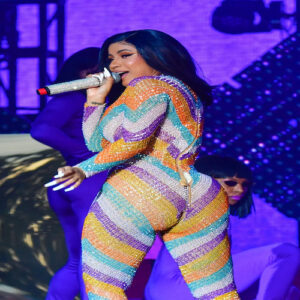Maasai Shuka: Threads of Tradition’s Revolution

Maasai Shuka
Maasai Shuka, Threads of Tradition
The Maasai shuka tale is deeply rooted in a culture taken out of its original context and consequently lost to time. The shuka is the identity of the Maa people due to its distinction and the Maasai’s reluctance to shift to other modes of dressing. The word shuka in the Maasai language means wrappings, a cloth usually draped around one’s shoulder in different styles.
Maasai Shuka, The Traditional
The Maasai traditionally made wrappings using animal hides and skin rubbed with red ochre, a natural clay earth pigment used to dye hair. Using the die, the Maasai were able to create colors including blue, green, and black. The shuka is the identity of the Maa people due to its distinction and the Maasai’s reluctance to shift to other modes of dressing. The word shuka in the Maasai language means wrappings, a cloth usually draped around one’s shoulder in different styles.
READ ALSO: Import Bias, The Virus Killing Developing Nations
Maasai Shuka, Role of Colors
The colors of the Maasai shukas helped them camouflage in the red savannahs full of predators. Different types of shukas determined a Maasai’s age, sex, and place in society. Red was a symbol of courage, while black was for young men undergoing circumcision. The shuka is the identity of the Maa people due to its distinction and the Maasai’s reluctance to shift to other modes of dressing.
Maasai Shuka’s Revolution
The arrival of Europeans in East Africa led to changes in the making of the textile. An American textile made of unbleached textile that landed in East Africa on ships replaced hides and skin. At that time, the cloth lacked patterns. In the 1990s, manufacturers began producing wooly synthetic cloth that was likely acrylic, which led to the blanket-like cloth many people are familiar with today.
Maasai Shuka, Explaining the Pattern
A different theory suggests the coming of the iconic shuka pattern. One such theory suggests that Scottish missionaries in the early 20th century influenced the adoption of the tartan-like print. Another suggests that PD Dodhia, the primary manufacturer of the shuka for decades in the 1990s, introduced the pattern. The pattern is also said to have been inspired by animal coat patterns, vegetation patterns, and cloud patterns.
READ MORE: Drinking Alcohol: The Best Foods To Eat Before
Maasai Shuka, Louis Vuitton
The shuka’s unmistakable blazing reds, greens, blues, and checkered patterns have traveled the world and made it an enviable textile to many. In 2011, the shuka found itself on a Louis Vuitton runway. Shukas are a symbol of Kenyan pride. They are used countrywide for blankets on cold July days, uniforms in world athletic events, and everything in between. In the hall of fame of legendary Kenyan textiles, the Maasai shuka stands tall and is highly recognized.



